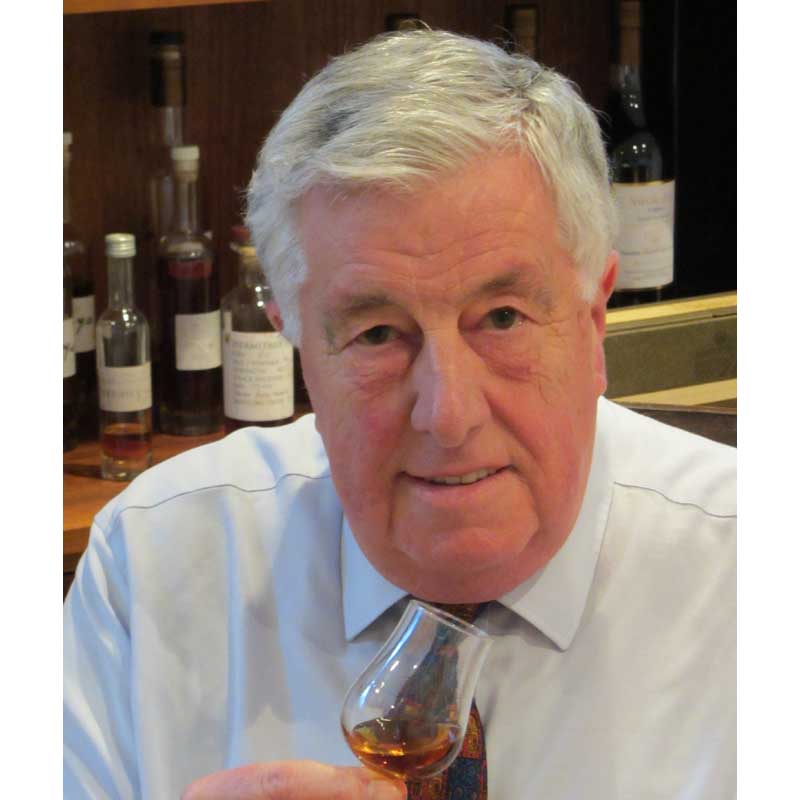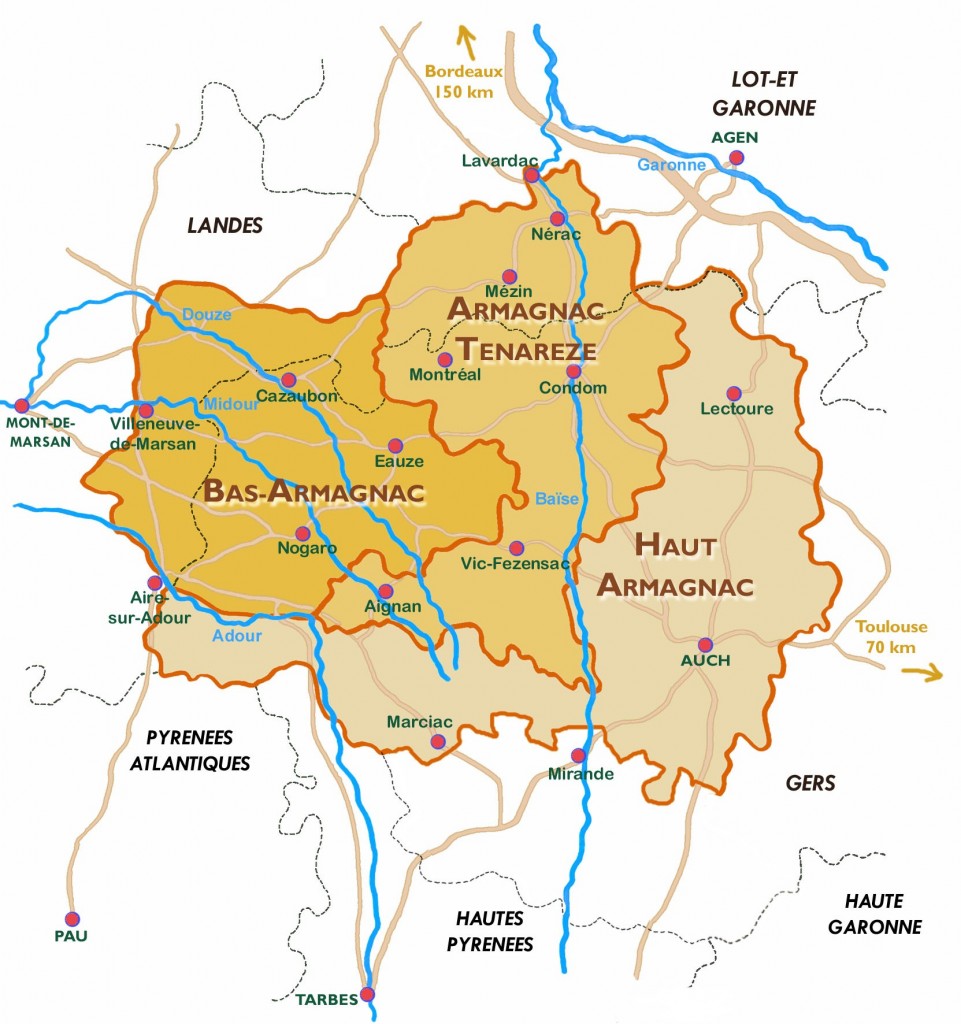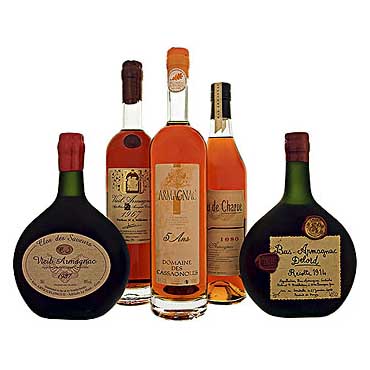Tag: armagnac
The Ancient Art of Tasting Armagnac
Armagnac is probably the oldest known wine spirit in the world but the art of distillation was introduced by the Arabs between 1411 and 1441. In the department of France known as the Landes, they produced an agua ardente, or fire water, which was used initially as a therapeutic cure. Tasting Armagnac for pleasure ensued when it was established that storing the spirit in barrels developed desirable flavours. Armagnacs are the earliest examples of distilled wines known in France. Traditionally they are made using the Folle grape although others, including Colombard, Ugni Blanc and even more recently, the Baco all… Read more
Duck Season – Eating, Drinking & Other Misadventures in Gascony
David McAninch has written this highly entertaining book about Gascony – “France’s Last Best Place” after an 8 month stay in the region. With interesting quotes such as “the quantity of armagnac produced in any given year is equivalent to the angel’s share—the volume of spirit lost to evaporation—of a year’s production of cognac” and “armagnac is to cognac what the Rolling Stones were to the Beatles” it makes fascinating reading for all fans of the amber nectar. Originally sent to research a story about a duck, his love of the local inhabitants and duck-rich cuisine led him to realise… Read more
Armagnac’s Back In Fashion in The Americas?
Armagnac has never been as popular as cognac, or as expensive, but that may be set to change, particularly in The Americas. Quebec’s liquor board, SAQ, reports a 7.5% growth in armagnac sales so far this year compared to 3% growth in cognac. First produced in the 16th century, armagnac was the original French distilled spirit. Not as polished as cognac, armagnac is only distilled once, but it is low-key and laid back and has a really complex, full-grape flavour. This rusticity and small-scale production give it true authenticity which is helping to increase its appeal. An expected shortage of… Read more

The Difference Between Armagnac and Cognac Production
The difference between armagnac and cognac production is considerable. Originally the predominance of Ugni Blanc and to a very much lesser degree, the Folle Blanche and Colombard grapes in the vineyards of Cognac provided a basis for Armagnac production. Now the use of Folle Blanche is considerably greater and another grape variety is also allowed. Known as Baco, it is a cross between the Folle Blanche and the Noah, a grape not known for making quality wine but in many ways ideal for armagnac since it crops relatively late and in good quantities. As with cognac the winemaking is relatively basic… Read more
David on Technical Topics – The Growth of the Armagnac Industry
The growth of the Armagnac industry has taken a long time from its very early beginnings. At the turn of the twentieth century the French boundary commission decided to follow local customs and divide the Armagnac region into three, The Bas Armagnac, Ténarèze and Haut Armagnac, each one corresponding to a geological, geographical and commercial reality. The finest of the armagnacs come from the Bas Armagnac region whilst at the other end of the scale, very little is produced in Haut Armagnac, having never really recovered from the Phylloxera outbreak at the end of the nineteenth century. The outbreak affected… Read more

David on Technical Topics – Armagnac, A Brief History
There is something unusual occurring in the region of armagnac, the people are Gasçons but the closer you get to the centre, around the small town of Eauz, the more they refer to themselves as Armagnaçais. But whatever they call themselves, they are warm and friendly, lovers of rich food and drink especially truffles and ‘foie gras’, and inhabitants of a rural paradise unspoilt by urban sprawls. The region is tucked away about a hundred miles south of Bordeaux. It stretches back from the sands of the Landes through a series of gentle valleys, which have none of the grim… Read more

2015 – A Good Year for Armagnac
According to the regulatory body representing Armagnac producers, the BNIA (Bureau National Interprofessionnel l’Armagnac), Armagnac distillation started on 8 October, the earliest date in living memory. Favourable weather conditions in the spring got the vines off to a good start. This was followed by a very hot July, and then the “right” amount of rain in August, which helped to speed up grape maturation. As a consequence, harvesting started two weeks earlier than usual on 10 September. “It is important to harvest early as the producers are looking for wines that are high in acidity and low in alcohol for… Read more
